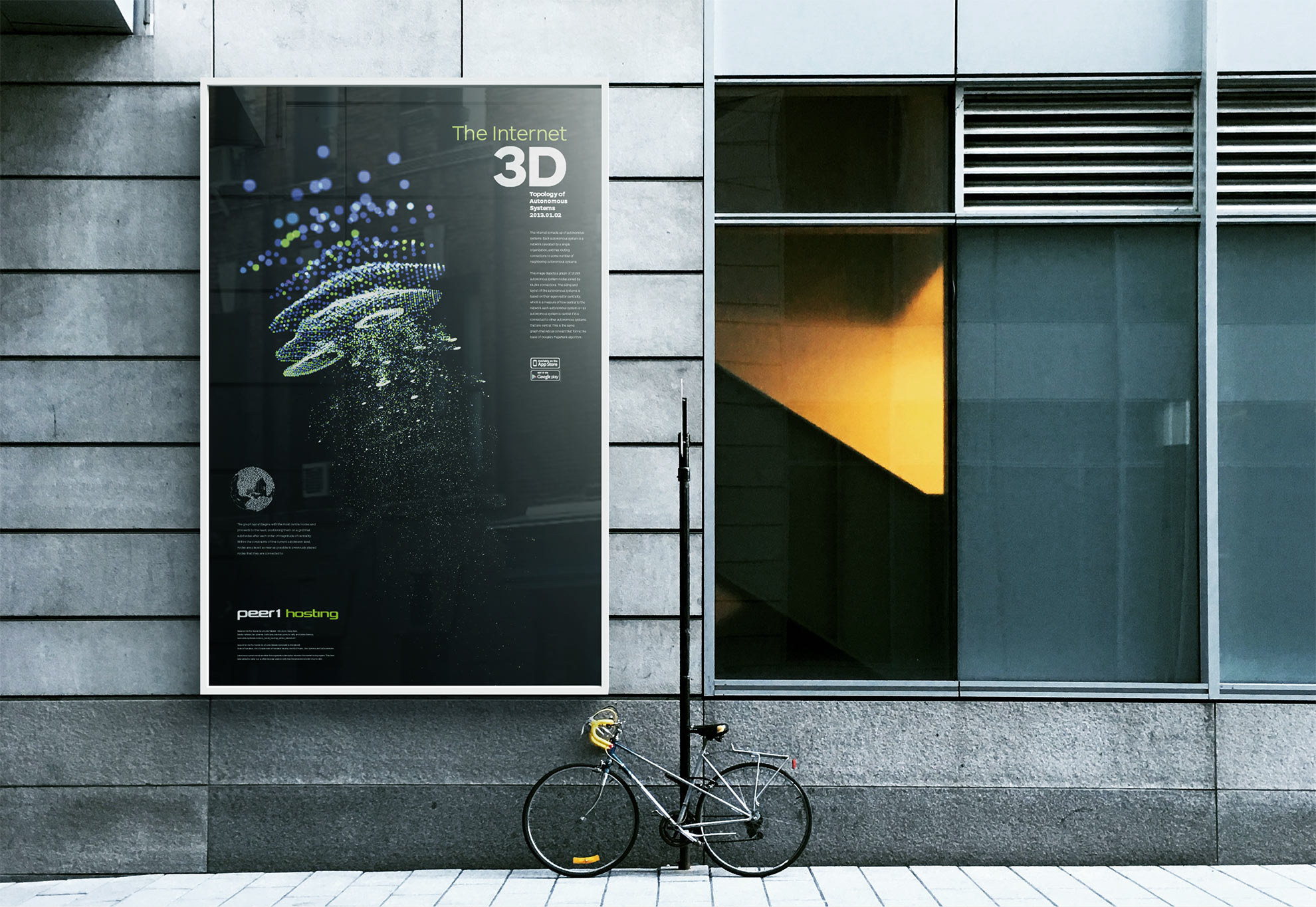Peer 1 Hosting and Steamclock Software have created an interactive Map of the Internet app that lets users explore the internet’s infrastructure. The app is designed as a free educational tool for iOS and Android. It displays a global view, a network view, and a chronological view that shows the evolution of the internet from 1994 to today and even predicts what the internet might look like in the future.
